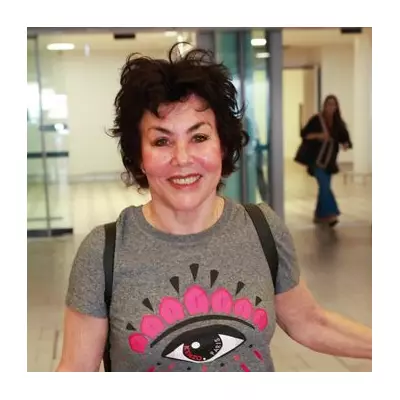
The latest wellness trend taking social media by storm promises a surprising solution to common ailments like stress, fatigue, and chronic pain. Known as ear seeding, this practice has garnered millions of views on platforms like TikTok and Instagram, with one video alone receiving over half a million likes. Even supermodel Naomi Campbell is reported to have tried it.
What Exactly Is Ear Seeding?
Ear seeding, also referred to as auriculotherapy, ear needling, or ear acupuncture, is a treatment that involves stimulating specific points on the outer ear. It is closely related to the principles of acupuncture and acupressure and is most commonly associated with traditional Chinese medicine today.
The core theory suggests that by applying gentle, continuous pressure to these specific ear points, known as acupoints, one can influence corresponding organs and body parts, potentially alleviating issues from poor sleep to posture problems.
Despite sometimes being called ear acupuncture, the method rarely uses needles. The primary technique involves attaching small balls, or 'seeds', to the ear using tiny adhesive plasters. These seeds are meant to stimulate the acupoints for hours or even days. While some online retailers now peddle seeds made from 24-carat gold, the traditional method uses the very small, hard seeds of the Vaccaria plant.
A Surprising Franco-Chinese History
Although auriculotherapy is now a recognised branch of traditional Chinese medicine, the modern practice of ear seeding has roots as much in France as in China. Its history is also more recent than many assume.
In the 1950s, French neurologist Paul Nogier observed the effects when folk healers stimulated the ears of some of his patients suffering from sciatica. After noting their reported improvements, Nogier dedicated much of the decade to meticulously mapping how the entire body relates to different points on the ear.
This work eventually captured the attention of the Chinese military, which investigated, refined, and adapted Nogier's chart to align with Chinese medicine philosophy. This led to the officially recognised form of auriculotherapy practised today.
While TikTok influencers have recently popularised ear seeding for a new generation, they are not its only prominent advocates. Notably, NATO armed forces, including the US military, have reportedly used ear seeding for pain management.
Does The Science Support The Hype?
Despite the growing public interest, the scientific research on ear seeding remains limited. Most existing studies are relatively small-scale trials, and their results are largely inconclusive.
This means that even where positive findings exist, the evidence should be viewed as promising rather than compelling. The research that does exist often suggests that ear seeding works best as a supportive treatment alongside other therapies, not as a standalone cure.
Some studies indicate that ear seeding may influence body systems and processes related to brain activity and inflammation, but again, these findings are preliminary. The areas where the evidence appears most promising are for reducing pain, alleviating anxiety, and improving sleep quality.
Safety and Important Considerations
Generally, ear seeding is considered a relatively safe treatment because the seeds do not pierce the skin and do not interact with medications. The most common side effect is localised pain, sensitivity, or skin irritation on the ear from the adhesive or seed itself.
However, experts advise that any use of ear seeding for specific health conditions should be on the advice of a qualified health practitioner. This is crucial for two main reasons.
Firstly, many symptoms promoted for ear seeding on social media—such as 'face puffiness'—could have underlying causes that require conventional medical diagnosis and treatment. Secondly, it is easy to stimulate the wrong acupoint, which could lead to no effect or an unintended one.
The key takeaway is that ear seeding is a relatively modern therapy drawing on traditional medicine concepts. While some evidence suggests it may be useful for certain conditions, there is not yet enough robust evidence to offer definitive recommendations for its use.
Its primary danger lies in the promotion of unfounded health claims that might convince individuals to use it in place of more effective, evidence-based treatments. As people increasingly turn to platforms like TikTok for health advice, it is always advisable to consult a trained health professional—preferably one who isn't posting a link to buy the product they are recommending.





